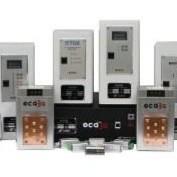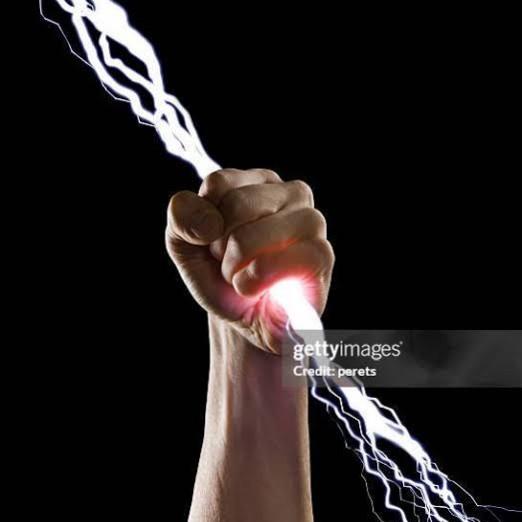Create account Log in
EIG_Wiki
Schneider-Electric
Search
Search
Page
Talk
View source
History
Languages
中文
About us
> Collaborative platform brought to you by
Schneider Electric
> Helping to design electrical installations according to standards
as IEC60364
> Our Experts continuously improve the content.
> Collaboration is open
to all.
To know more
Navigation
Main page
How to browse and search
Random page
Interaction
Toolbox
Share it
General rules of lightning protection
General rules of electrical installation design
Connection to the MV utility distribution network
Connection to the LV utility distribution network
MV and LV architecture selection guide for buildings
LV Distribution
Protection against electric shocks and electric fires
Sizing and protection of conductors
LV switchgear: functions and selection
Overvoltage protection
Overvoltage of atmospheric origin
Overvoltage definitions
Overvoltage characteristics of atmospheric origin
Effects on electrical installations
Characterization of the lightning wave
Principle of lightning protection
General rules of lightning protection
Building protection system
Lightning protection - Electrical installation protection system
The Surge Protection Device (SPD)
Design of the electrical installation protection system
Design rules of the electrical installation protection system
Elements of the protection system
Common characteristics of SPDs according to the installation characteristics
Selection of a Type 1 SPD
Selection of a Type 2 SPD
Selection of external Short Circuit Protection Device (SCPD)
SPD and protection device coordination table
Installation of Surge Protection Device
Connection of Surge Protection Device
Cabling rules of Surge Protection Device
Surge protection Application examples
SPD application example in Supermarket
SPD for photovoltaic applications
Surge protection technical supplements
Lightning protection standards
The components of a SPD
End-of-life indication of a SPD
Detailed characteristics of the external SCPD
Propagation of a lightning wave
Example of lightning current in TT system
Energy Efficiency in electrical distribution
Power Factor Correction
Power harmonics management
Characteristics of particular sources and loads
PhotoVoltaic (PV) installation
Residential and other special locations
ElectroMagnetic Compatibility (EMC)
Measurement
Procedure to prevent risks of lightning strike
The system for protecting a building against the effects of lightning must include:
protection of structures against direct lightning strokes;
protection of electrical installations against direct and indirect lightning strokes.
The basic principle for protection of an installation against the risk of lightning strikes is to prevent the disturbing energy from reaching sensitive equipment. To achieve this, it is necessary to:
capture the lightning current and channel it to earth via the most direct path (avoiding the vicinity of sensitive equipment);
perform equipotential bonding of the installation;
This equipotential bonding is implemented by bonding conductors, supplemented by Surge Protection Devices (SPDs) or spark gaps (e.g., antenna mast spark gap).
minimize induced and indirect effects by installing SPDs and/or filters.
Two protection systems are used to eliminate or limit overvoltages: they are known as the building protection system (for the outside of buildings) and the electrical installation protection system (for the inside of buildings).
Category: Chapter - Overvoltage protection
This page was last modified on 3 December 2016, at 19:32.This page has been accessed 20, 693 times.DisclaimersAbout Electrical Installation GuidePrivacy policy
Visit Schneider Electric site Powered by MediaWiki
Keywords
protection systems
protection technical
equipotential bonding
protection Application
Surge Protection Device
LV utility distribution
MV utility distribution
building protection system
protection device coordination
design electrical installations
Schneider Electric site Powered
LV architecture selection guide
Electrical Installation GuidePrivacy
external Short Circuit Protection Device
electrical installation protection system




